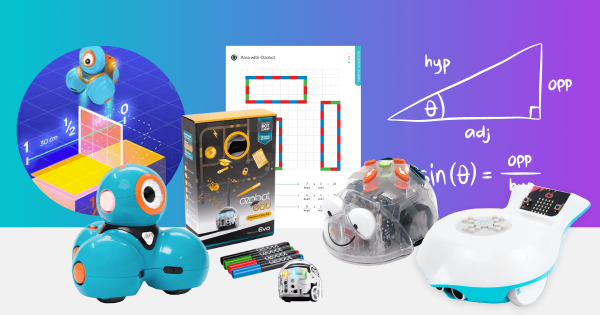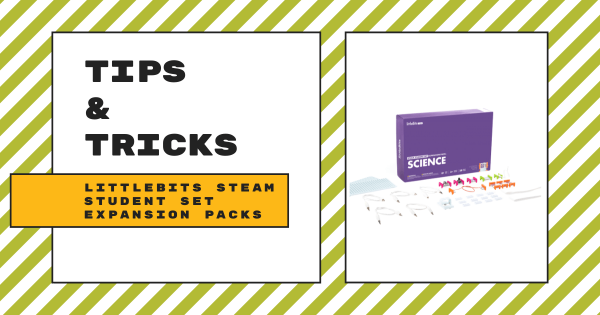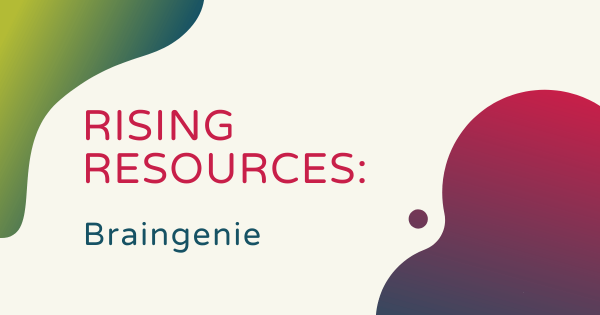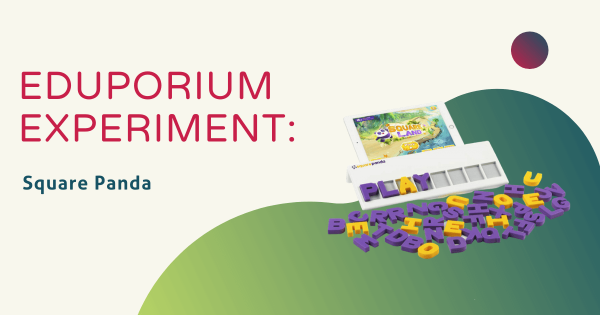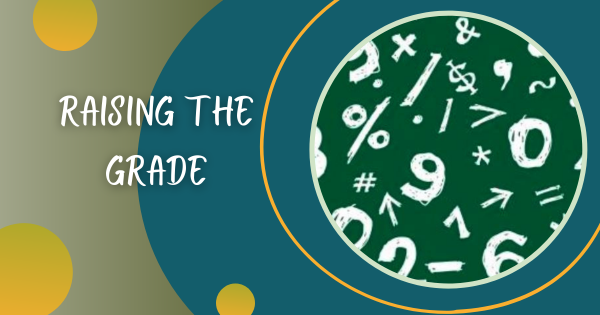One of the biggest focuses in 21st century education is on teaching coding and computer science. When integrating such efforts into these classroom lessons, however, there are even often plenty of opportunities for including math angles. So, while covering core CS concepts, like logic, variables, or functions, these tools help teachers connect math and coding in fun ways.
Math
-
Rising Resources | Using Oodle Like Wordle For Math
If you are familiar with Wordle, the Oodle math game is very similar. Instead of guessing those 5-letter words without much context, however, kids have to build out an equation that’ll work with the answer they were given. So, if the answer to a puzzle is 41, they’d have to figure out all other elements to the equation in six or fewer tries, challenging their brain as they learn math.
-
Rising Resources | Practice Math with Prodigy
Designed for students between first and eighth grade, Prodigy offers an interactive experience for students to learn specific math concepts in a fun way and at their own pace. Keep reading to learn more about Prodigy and how it offers a successful, game-based option for teaching math! Keep reading to learn more about it.
-
Tips & Tricks | littleBits STEAM Student Set Expansion Packs
There are now two cool Expansion Packs for the STEAM Student Set—one focused on science, and one for focusing on math. You will need a littleBits STEAM Student Set in order to use the expansion packs since the learning activities are scaffolded for students in Grades 3-5 and help teachers build on prior experiences but neither pack comes with the power module.
-
Rising Resources | Braingenie in Math Class
It seemed fitting to go with Braingenie to coincide with the release of Aladdin—yes, the new one. Although we’re fairly sure it won’t compare to the glory days of Disney movies, it is nevertheless a part of our lives now. Braingenie is an online resource through which math and science teachers can find games and challenges for their students.
-
Eduporium Experiment | Square Panda
Square Panda is perhaps the most effective combination of early education, STEM learning and Future Ready skills available in the early EdTech market right now! Essentially, it’s a digital introduction to the phonics skills that kids in kindergarten should be able to know, but its educational value doesn’t stop there.
-
Eduporium Weekly | Wrapping Up Math Awareness Month
Let’s explore and dissect the importance of a quality math education in developing readiness in today’s students. STEM proficiencies continue to be importa in the modern world and math is no exception. Take a look at how to better set students up for success in and out of the classroom with an increased focus on math and improved instruction
-
Eduporium Talks: Elementary Teacher, Earl Jones
“Nowadays, I see teachers using technology everyday, from showing YouTube clips of math skills to using CAD programs to teach science and math. I believe that some teachers should consistently be using technology more. This is the generation who grew up with laptops and iPods. Hear more from Earl in this edition of ‘Eduporium Talks.’
-
Raising The Grade: A+ for ST Math
Imagine math software that let’s kids move at their own pace. Imagine it being aligned to the Common Core State Standards (the standard skills and learning outcomes that have been adopted by forty five states and the District of Columbia). Imagine that this software is a series of games and levels that students find engaging.
-
Raising The Grade: Manipulating Math Learning
Many elementary students would need to use manipulatives to solve the division problem above, probably by counting out 30 of some object then partitioning them into groups of six. But, how come as an adult, you were able to solve this problem without manipulatives? Is it because you learned math in school without manipulatives?




